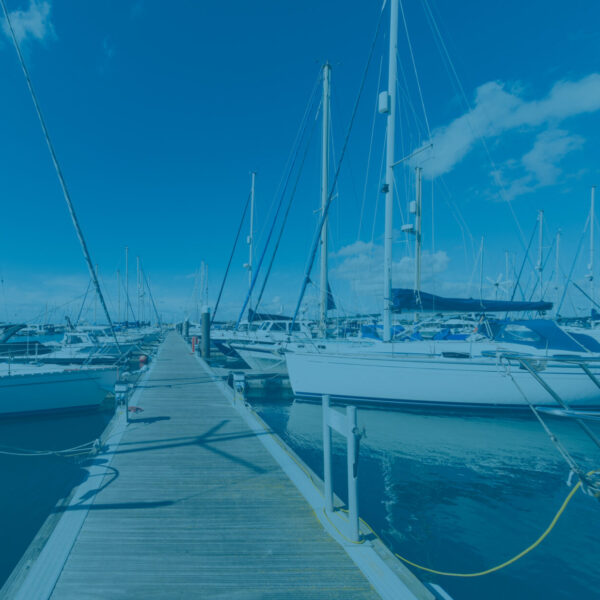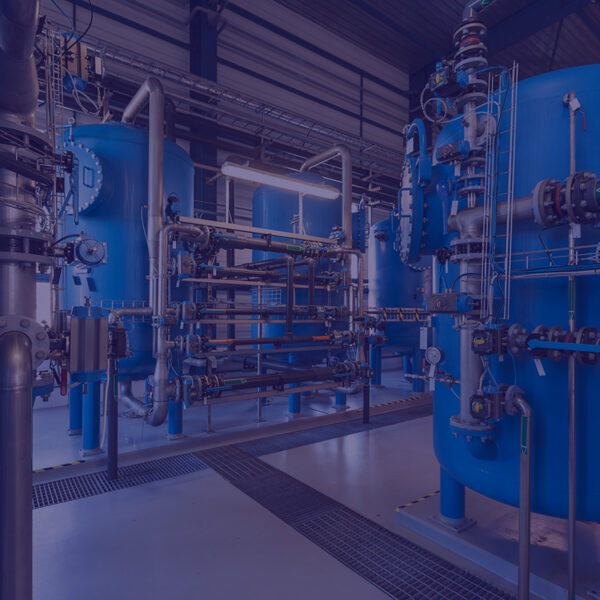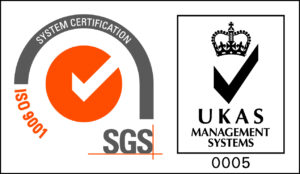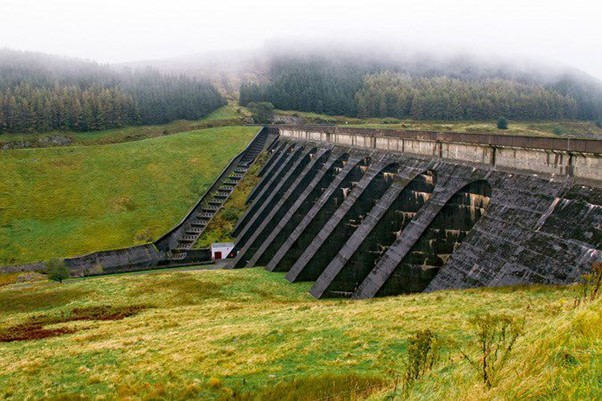
We are off to Wales in July to replace a rusted steel access ladder in a shaft that services the Dinas Dam near Aberystwyth. Originally designed and installed in 1962, the ladder is fully submerged for most of the year – it’s drained annually to allow inspection and maintenance of the underground control gate. The new GRP Access Ladder will descend over 13m with two platforms midway down and, as Glass Reinforced Plastic is unaffected by water, it should last even longer than the 60 years of service the steel one has provided.
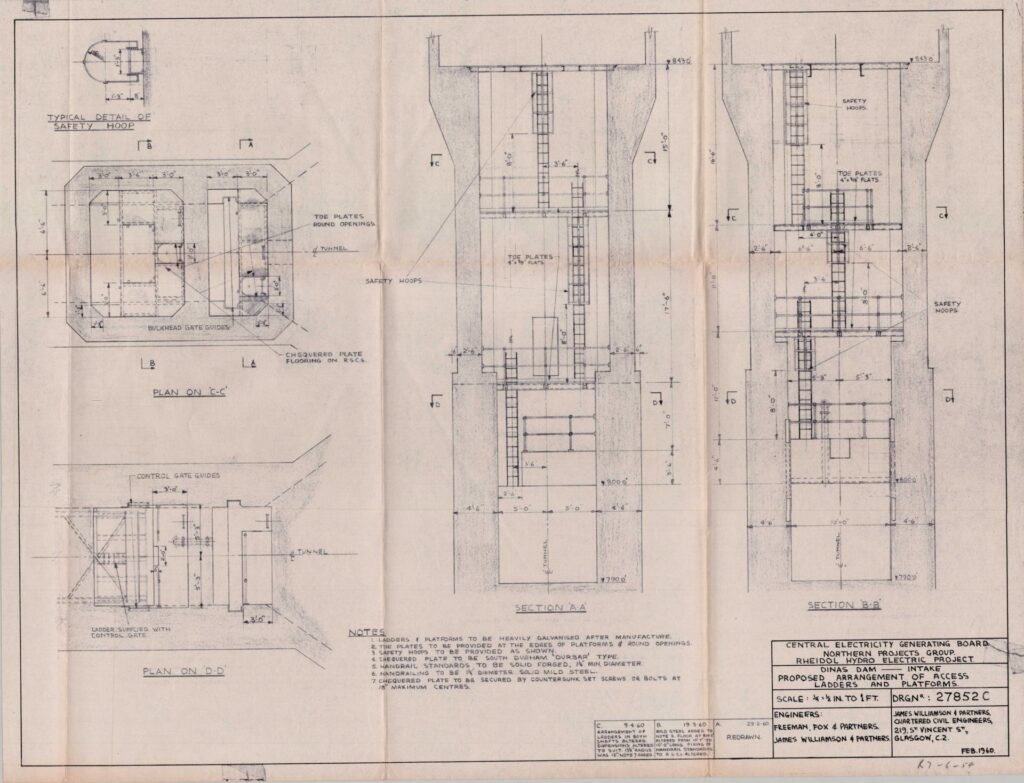
Sustainable Power
The Dinas Dam is part of the Rheidol hydropower plant which is the largest of its kind in England and Wales. Since 1962, the scheme has generated renewable energy by using the rainwater that falls on the surrounding mountains. The plant is now run by Statkraft Energy, a leading company in hydropower internationally and Europe’s largest generator of renewable energy.

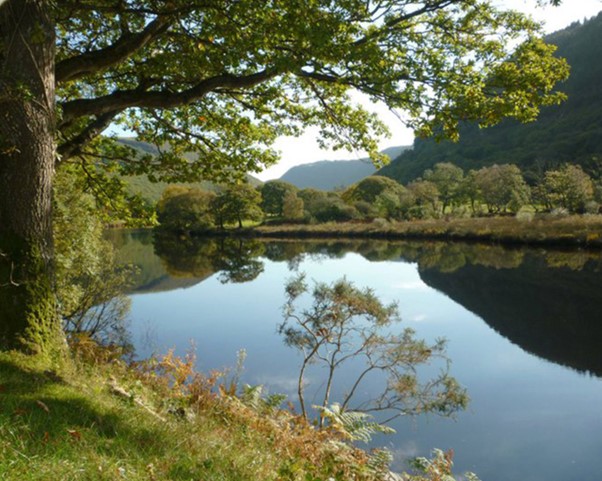
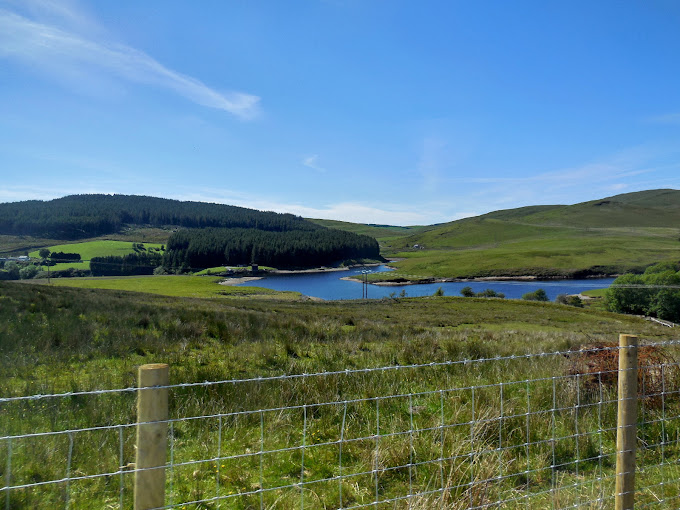
Located within and above the scenic valley of the river Rheidol, the hydropower plant is made up of an interconnected group of reservoirs, dams, pipelines, aqueducts and power stations, and covers a total area of 162 square kilometres. The annual energy production is about 85 GWh – enough to power approximately 12,350 homes. From Rheidol, Statkraft operate and maintain not only the hydro-electric scheme but also the onshore windfarms at Baillie, Berry Burn, Alltwalis and Andershaw.
The upper reaches of the scheme are over 750 meters above sea level up in the remote Plynlimon mountain range. A series of aqueducts collects the water and channels it into the Nant-Y-Moch reservoir. Water flows from this reservoir to a power station at Dinas where it drives a 13,000 KW generator. From the power station, the water flows into Dinas reservoir which is controlled by the dam.
Protecting the Environment
With land at Rheidol including Sites of Special Scientific Interest and vast heather beds, the environment was taken into consideration when designing it’s scheme back in the 1950’s: The award winning Felin Newydd Falls in Cwm Rheidol were designed to blend in with the surrounding countryside, and many of the scheme’s buildings are clad with local stone. Working closely with Natural Resources Wales (NRW) and the Environment Agency, local wildlife is fiercely protected; kites and buzzards are common the area, bat colonies have set up home in and around the visitor centre buildings and nesting boxes for barn owls and small birds, including swallows and wagtails are provided. There are even fenced off areas for ant colonies in the forestry behind the main station.
The River Rheidol is also a breeding area for salmon and trout. The fish originally had to pass Trotter’s Falls to reach their spawning grounds but when the Falls were replaced by a new dam, weir and bridge at Felin Newydd a special ‘fish lift’ constructed to allow the fish to reach their old spawning grounds. Upstream of the power station a ‘fish ladder’ was cut into the rock to bypass the Rheidol Falls and thus opened up new spawning grounds to the fish. The fish ladder rises 6 metres and has 14 pools. Brown and rainbow trout are reared at Cwm Rheidol in specially constructed tanks alongside the power station and then put into the Dinas Reservoir, providing anglers with a put-and-take fishing facility. Some of the brown trout are also stocked into Cwm Rheidol and Nant-y-Moch Reservoirs, to help support the indigenous population.
A Sustainable Solution
If you are looking for a long-lasting, sustainable solution to your access requirements, whether that’s underground or overground, in a power facility, water treatment works, recycling centre or any other industrial setting, get in touch today.
https://www.visitmidwales.co.uk/things-to-do/rheidol-visitor-centre-and-power-station-p1722271
https://www.statkraft.co.uk/about-statkraft-uk/where-we-operate/Locations/rheidol-hydropower-plant/


